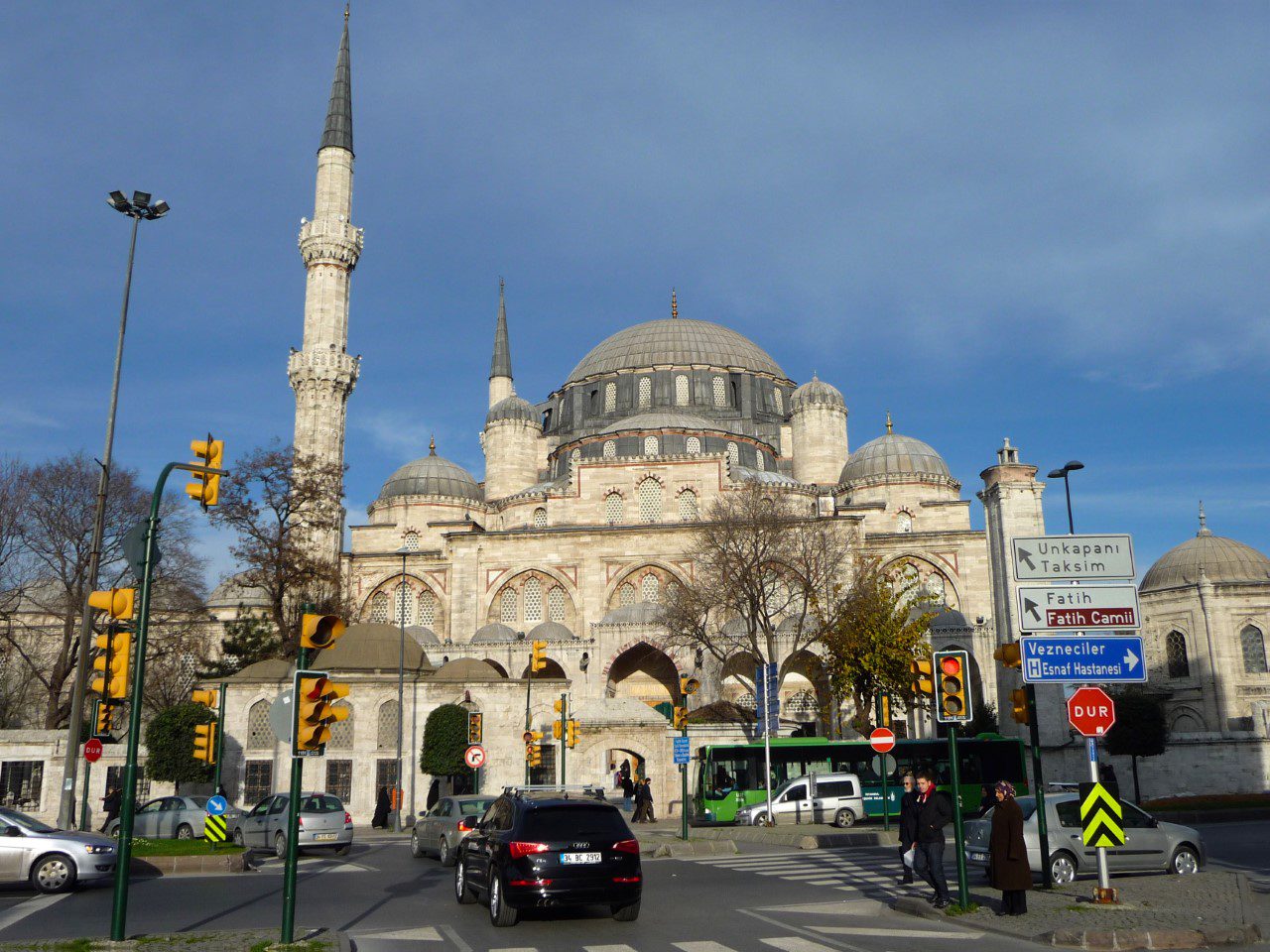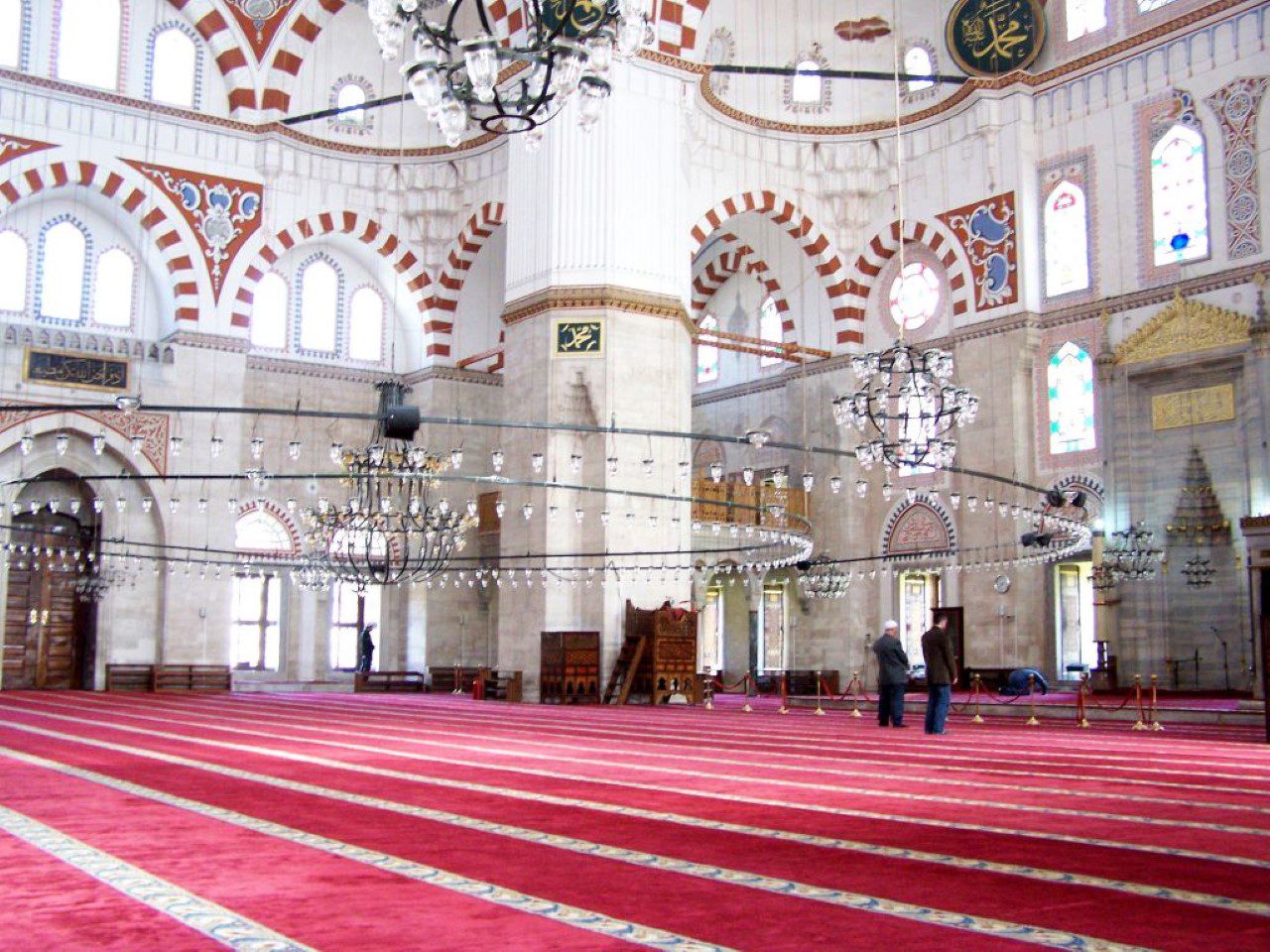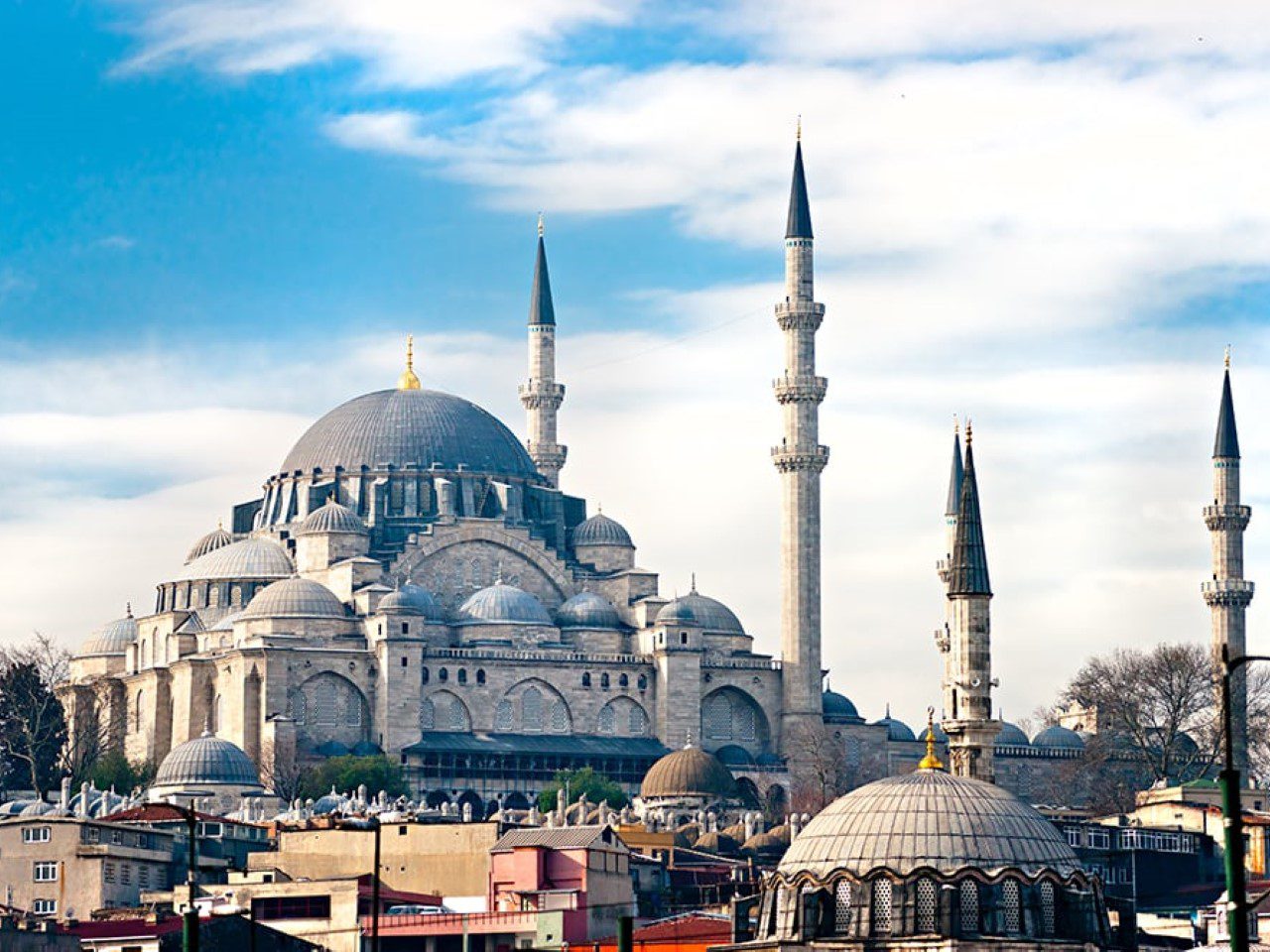Şehzade Mosque, referred to as the Prince’s Mosque, is a remarkable exemplar of Ottoman architecture in Istanbul, Turkey.Şehzade Mosque, Erected during the 16th century; this mosque holds immense historical and cultural significance as it was commissioned by Sultan Suleyman the Magnificent to honor his beloved son, Prince Mehmet.
The distinguished architect Mimar Sinan masterfully designed the mosque, showcasing the luxury and meticulous craftsmanship of the Ottoman architectural style. This scholarly article will explore the rich history, distinctive features, and cultural significance of Şehzade Mosque while uncovering its intricate connections to other notable landmarks and influential figures within the Ottoman Empire.
Şehzade Mosque: Historical Significance and Architecture
Şehzade Mosque holds immense historical significance as it stands as a testament to the power and influence of the Ottoman Empire during the 16th century. Commissioned by Sultan Suleyman the Magnificent, this mosque was built to honor his son, Şehzade Mehmet, who passed away at a young age. The mosque complex includes a madrasah (religious school), a primary school, a kitchen, and a hospice. This architectural marvel showcases the meticulous craftsmanship and attention to detail that define Ottoman architecture.
Designed by Mimar Sinan, an accomplished Ottoman architect, the Mosque embodies the principles of Ottoman architectural style. The mosque features a large central dome supported by four semi-domes. It is adorned with intricate geometric patterns, colorful tiles, and calligraphic inscriptions. The mosque’s exterior is characterized by its towering minarets and harmonious proportions, creating a visually stunning and awe-inspiring structure.


Cultural Significance and Influence
Şehzade Mosque has played a significant role in shaping the cultural landscape of Istanbul and the Ottoman Empire. As one of the finest examples of Ottoman architecture, it has influenced subsequent architectural styles and inspired many other mosque designs throughout the centuries. Its distinctive features, such as the central dome and minarets, have become iconic representations of Ottoman architectural heritage.
Beyond its architectural significance, Şehzade Mosque holds a special place in the hearts of the Turkish people. It serves as a symbol of remembrance and commemoration, honoring the life and legacy of Şehzade Mehmet. The mosque complex, with its surrounding buildings, creates a tranquil and sacred space where visitors can appreciate the beauty of Islamic art and architecture while reflecting on the historical significance of the Ottoman Empire.


Connections to Other Landmarks and Figures
Şehzade Mosque is intricately connected to other landmarks and figures within the Ottoman Empire. One notable connection is with Sultan Suleyman the Magnificent, who commissioned the mosque to honor his beloved son. Suleyman, often referred to as Suleyman the Lawgiver was one of the most prominent rulers of the Ottoman Empire and left a lasting legacy through his architectural patronage.
Another significant figure associated with the Mosque is Mimar Sinan, the chief architect of the Ottoman Empire during the 16th century. Sinan’s expertise and innovative designs revolutionized Ottoman architecture, and Şehzade Mosque stands as one of his remarkable achievements. His influence can be seen in the mosque’s meticulous details and harmonious proportions.
In addition to these figures, Şehzade Mosque is connected to other prominent landmarks in Istanbul, such as the Sultan Ahmed Mosque (also known as the Blue Mosque) and the Hagia Sophia. These landmarks collectively contribute to Istanbul’s rich architectural heritage, showcasing the multicultural influences that shaped the city throughout history.


Conclusion
Şehzade Mosque is a true masterpiece of Ottoman architecture, embodying the grandeur and artistic brilliance of the era. Commissioned by Sultan Suleyman the Magnificent and designed by Mimar Sinan, this mosque stands as a testament to the historical and cultural significance of the Ottoman Empire. It’s stunning features and intricate craftsmanship continue to captivate visitors from around the world, offering a glimpse into the rich architectural heritage of Istanbul. This Mosque serves as a symbol of remembrance and cultural pride, honoring the legacy of Şehzade Mehmet and leaving an indelible mark on the architectural landscape of Turkey.




0 Comment